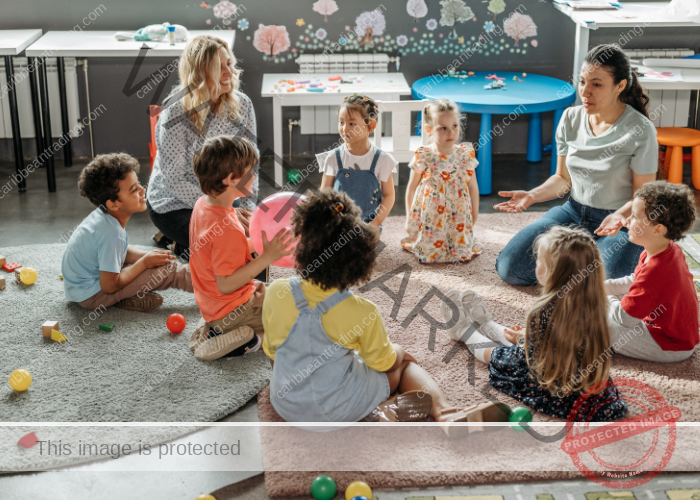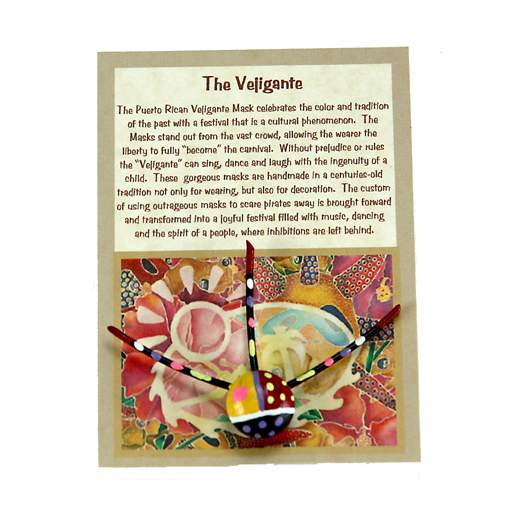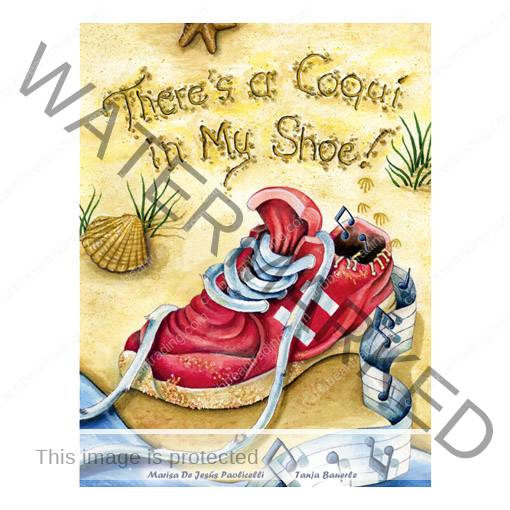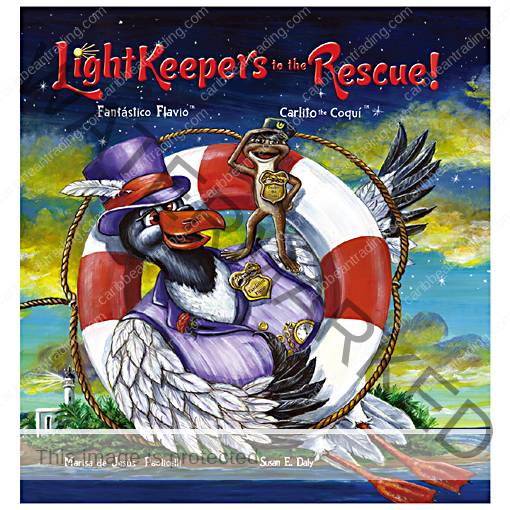Kids
How to Teach Children About Caribbean Culture
Teaching children about Caribbean culture can be an enriching and enjoyable experience for both the educator and the child. The Caribbean region is known for its vibrant history, rich traditions, diverse cultural expressions, and unique blend of influences from African, European, Indigenous, and Asian communities. Helping children appreciate this rich cultural tapestry not only connects them to a broader sense of heritage but also fosters values like inclusivity, respect for diversity, and a sense of pride in cultural identity. Here’s a detailed exploration of how to teach children about Caribbean culture.
The Importance of Teaching Caribbean Culture
Before delving into teaching methods, it’s important to understand why this subject matters. Caribbean culture is more than food, music, and festivals—it’s a living history, shaped by centuries of resilience, creativity, and community. For children of Caribbean descent, learning about their cultural roots can foster a strong sense of identity and pride. For others, understanding Caribbean culture promotes cultural awareness and sensitivity. Places like Carolina have museums for kids and interesting places to see. This foundation helps combat stereotypes, encourages global-mindedness, and builds bridges between communities.
Storytelling as a Gateway
Storytelling is one of the most effective ways to engage children in cultural learning. The Caribbean is home to a rich oral tradition, with folktales, myths, and historical stories passed down through generations. Characters like Anansi the Spider, a clever figure from Afro-Caribbean folklore, can introduce children to the values and lessons embedded in these tales. Share stories from various islands to show the similarities and differences within the region. Encourage children to retell these tales in their own words or create their own imaginative versions—perhaps even incorporating crafts or themed activities like slimes for kids to make the experience more interactive.
Using picture books and novels by Caribbean authors is another excellent way to teach. Books such as “Anna Carries Water” by Olive Senior or “Freedom Soup” by Tami Charles provide age-appropriate narratives that highlight different aspects of Caribbean life, from traditions to family dynamics. By engaging with these stories, children can learn about Caribbean culture in a way that feels personal and relatable.
Exploring Music and Dance
Music and dance are at the heart of Caribbean culture. Genres such as reggae, calypso, soca, dancehall, and salsa carry historical significance and cultural pride. Introduce children to the sounds of iconic Caribbean musicians, such as Bob Marley, Celia Cruz, and Harry Belafonte, while explaining the stories behind the music. For instance, reggae music is deeply tied to Jamaica’s history and Rastafarian culture, while calypso originated as a form of storytelling and resistance in Trinidad and Tobago.
Dance workshops can also be an exciting way to immerse children in the culture. Teach them simple moves from traditional dances like the Jamaican ska, the Afro-Caribbean bélé, or the Dominican merengue. Highlight the communal nature of these dances and how they often accompany celebrations or tell stories.
Art and Craft Activities
Caribbean art is known for its vibrant colors, symbolic imagery, and connections to nature and spirituality. Introduce children to Caribbean artists such as Wifredo Lam, Edna Manley, or Jean-Michel Basquiat, and encourage them to create their own art inspired by these works. Use themes such as tropical landscapes, island life, or traditional festivals as a starting point for creativity.
Craft activities can include making carnival masks, which are central to celebrations like Trinidad and Tobago’s Carnival or Junkanoo in the Bahamas. Children can use beads, feathers, and bright paints to create their masks, learning about the significance of these cultural festivals along the way.
Learning Through Food
Caribbean cuisine is a wonderful way to introduce children to the culture. Dishes like jerk chicken, roti, callaloo, and plantain chips can be used to teach about the diverse culinary influences in the region. Cooking together can become a hands-on learning experience, with discussions about the ingredients, preparation methods, and history of each dish. For instance, explain how the use of spices in Caribbean cooking reflects the influence of African and Indian immigrants.
For younger children, simpler activities like baking Caribbean sweets—such as coconut drops or Jamaican gingerbread—can make learning about food fun and accessible. Pair these cooking lessons with stories about family gatherings, celebrations, or market traditions to provide a fuller cultural context.
Festivals and Celebrations
The Caribbean is renowned for its festivals, many of which blend religious, historical, and cultural traditions. Teach children about major events like Carnival, Crop Over in Barbados, or the Emancipation Day celebrations held across the region. Use videos, photos, and music to recreate the energy of these festivals, explaining their significance and history.
You can also organize a mini-Carnival in the classroom or at home. Encourage children to dress up in colorful costumes, dance to soca or calypso music, and parade in a festive atmosphere. This interactive approach can help them connect with the joy and cultural pride that these festivals inspire.
Teaching Language and Dialects
The Caribbean is home to a linguistic mosaic, including languages like English, Spanish, French, Dutch, and Creole. Introducing children to the diversity of Caribbean languages can help them appreciate the region’s complex history of colonization and cultural blending.
Teach them simple phrases or expressions in Creole or Patois, and explain their meanings. For example, in Jamaican Patois, the phrase “Wah gwaan?” means “What’s going on?” Encourage children to use these phrases in context, perhaps during role-playing activities or while discussing other aspects of Caribbean culture. This approach not only teaches language but also fosters an appreciation for linguistic diversity.
Highlighting Historical and Cultural Icons
Introduce children to key figures in Caribbean history and culture, such as Marcus Garvey, Toussaint Louverture, Bob Marley, and Frida Kahlo. Share stories of their achievements, struggles, and contributions to their communities and the world. Use books, documentaries, or creative storytelling techniques to bring these figures to life.
Additionally, discuss the contributions of the Caribbean diaspora to global culture, from athletes like Usain Bolt to authors like Derek Walcott. This helps children understand the far-reaching impact of Caribbean heritage and its relevance in contemporary society.
Connecting Through Nature
The Caribbean’s natural beauty is an integral part of its identity. Teach children about the region’s tropical rainforests, coral reefs, and unique wildlife. Use documentaries, nature books, or virtual tours to explore famous natural landmarks like the Pitons in St. Lucia or the Blue Mountains in Jamaica.
Incorporate hands-on activities like planting tropical flowers or making art inspired by the Caribbean’s vibrant ecosystems. You can also discuss the importance of environmental conservation in the Caribbean, emphasizing the role of communities in preserving their natural heritage.
Encouraging Personal Connections
For children with Caribbean roots, encourage them to explore their own family histories and traditions. Create family trees, interview older relatives, or look through old photographs to connect personal stories to the broader cultural narrative. For children without direct ties to the Caribbean, emphasize the universal themes within Caribbean culture—resilience, creativity, and the importance of community.
Pairing cultural education with personal reflection allows children to see how their own identities intersect with the stories and values of others, fostering a sense of empathy and interconnectedness.
Using Technology and Media
In today’s digital age, technology can be a powerful tool for cultural education. Show children documentaries, YouTube videos, or virtual tours of Caribbean landmarks. Interactive apps or games focused on Caribbean geography, history, or music can make learning engaging and fun.
Additionally, educational video makers and social media platforms often feature content from cultural organizations or Caribbean creators, offering a modern and dynamic way to explore the culture through videos and engaging content. Just ensure that the videos are age-appropriate and accurate.
Collaborating With the Community
Bringing in guest speakers or collaborating with local Caribbean cultural organizations can provide children with firsthand insights into the culture. Community events, such as Caribbean festivals, concerts, or food fairs, are also excellent opportunities for experiential learning. Encourage children to participate in these events, where they can interact with people from Caribbean backgrounds and experience the culture in an authentic way.
Promoting Respect and Understanding
While teaching children about Caribbean culture, it’s crucial to emphasize respect for its complexity and diversity. Avoid reducing the culture to stereotypes or oversimplified representations. Instead, present it as a rich and evolving heritage, shaped by historical events, global influences, and local creativity.
Encourage children to ask questions, express curiosity, and engage critically with what they learn. Teach them to appreciate cultural differences and recognize the shared humanity that connects us all.
Conclusion
Teaching children about Caribbean culture is a multifaceted journey that combines storytelling, music, food, art, and history into a vibrant educational experience. By using interactive and creative methods, you can help children appreciate the richness of this culture and understand its significance in a global context. Whether through crafting carnival masks, dancing to calypso rhythms, or exploring the stories of cultural icons, every step deepens their connection to the Caribbean’s enduring spirit of resilience and joy.







